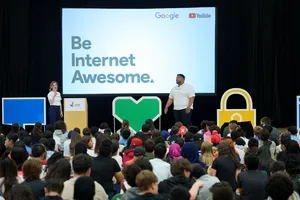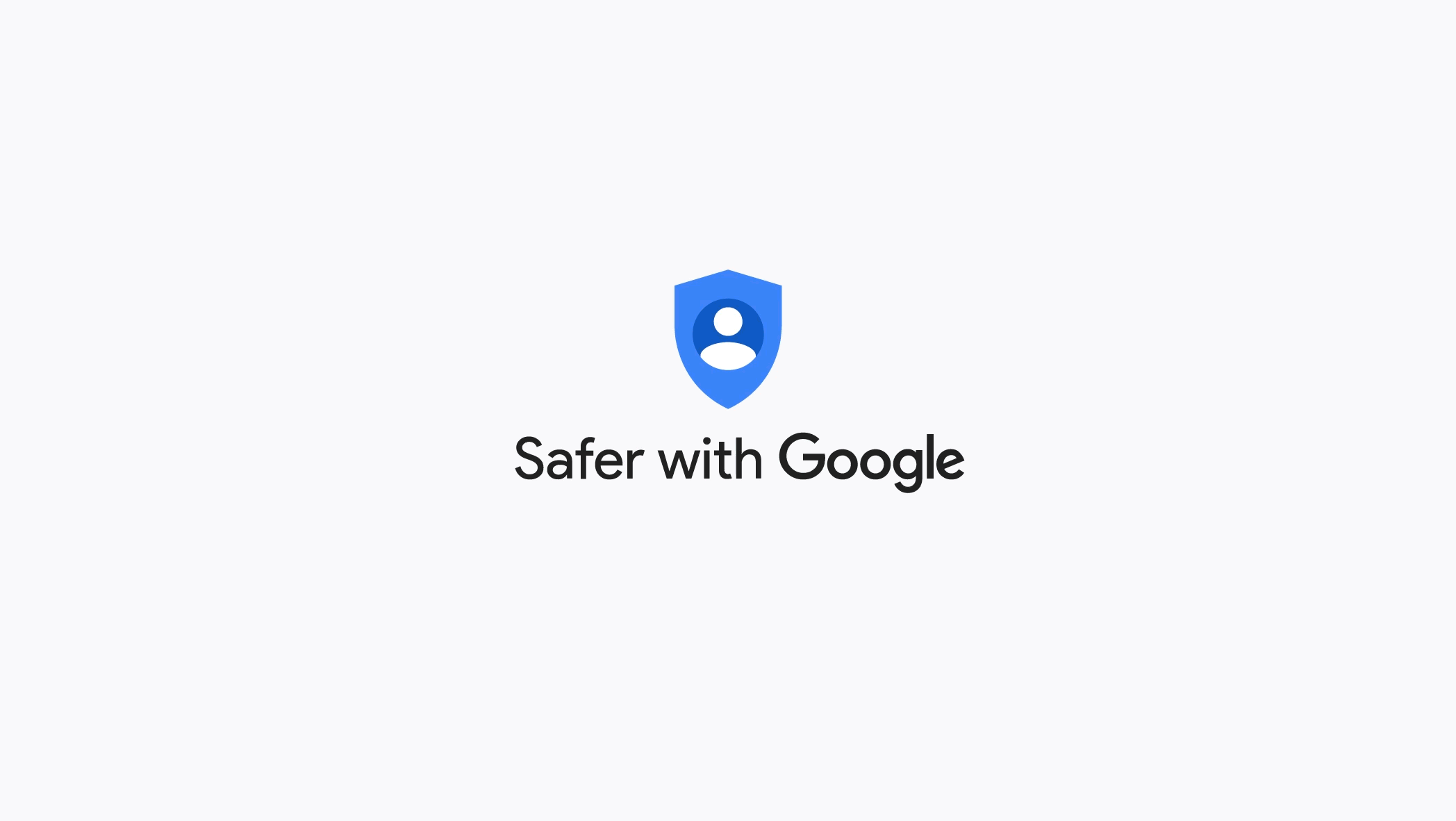Fostering Well-being and Balance in the Digital Age
Editor's note: This blog was guest written by MediaSmarts, Canada’s bilingual centre for digital media literacy. A registered charity, MediaSmarts has been conducting research, developing resources and advancing digital media literacy since 1996.
It’s easy to feel like kids, parents and tech are all constantly pulling in different directions. As our children navigate the digital world, how do we help them grow into responsible, healthy, and engaged digital citizens?
Our new guide Building Digital Balance: A Family Guide to Google's Safety and Well-Being Tools, created in collaboration with Google, outlines a collaborative approach that focuses on understanding and guiding your children’s online experiences. This guide offers tips on using devices safely and healthfully, alongside information about some of the tools Google provides to support families.
Here are some highlights from the guide:
The foundation: Conversation and core principles
The most important step you can take is maintaining an ongoing conversation with your children about their media lives. This guide helps you to create a safe space where your child feels comfortable discussing everything about their online experiences – good and bad – without fear of judgment, lectures, or punishment. You can prepare for these essential conversations using resources like the Google Digital Wellbeing Family Guide, which focuses on building digital resilience so children learn to recognize and manage challenging online experiences.
Parenting in the digital age requires moving beyond simple tracking of "screen time." While monitoring overall duration is useful, the quality, content, and context of online activities are just as crucial for a child's well-being. For example, activities like creative expression and positive social interaction can support well-being, but passive browsing, such as comparing oneself to others or "doomscrolling," can negatively impact mental health. We can help our children evaluate their habits by talking about the motivations behind their technology use and whether those habits align with their personal goals and values.
We can also take steps to set a positive example by showing our kids how we manage distractions, especially during family time. It’s also important to discuss the value of balancing online and offline activities, and to encourage non-digital experiences. Parents can play an important role in modelling the behaviour they want their kids to learn, especially during family time.
Navigating online life and relationships
Another important topic to cover with kids is online interactions and privacy, especially with older kids and teens. Privacy isn’t just about deciding what to post on your profile, or limiting what information apps and websites can collect about you: it also includes ensuring children know how to block, unfollow, or report content or users. Talk about what information is safe to share and discuss "red flags" that indicate it is time to leave a conversation and inform you.
You can also promote digital wellbeing by discussing how some apps and games are intentionally designed to keep users engaged using features like infinite scrolling, autoplay, and random rewards. We can help our kids identify activities that lead them "down the rabbit hole" and discuss effective time management strategies. For teenagers, encourage them to identify which specific online activities make them feel better and which make them feel worse, and think of ways they can build better habits around using technology. This promotes a sense of control over their social media use and empowers kids and parents as they learn to navigate their online journey together.
Using Google's tools for collaboration
Google offers Family Link to help parents’ guide younger kids’ online experience. Family Link promotes healthy habits through features such as app activity reports, daily screen time limits, device “bedtimes” and content restrictions, while School Time can limit what’s on the home screen of your child’s Android device during school hours. SafeSearch allows you – and, as they get older, your kids – to limit what kind of content they see when searching. The purpose of these tools is not to control your kids’ online lives, but to provide starting points for conversation and shared decision-making.
As children mature, remember that Family Link allows you to adjust account and device settings. Revisiting these settings together gives children a bigger role in deciding what is appropriate as they get older.
By embracing this collaborative approach, maintaining open communication, and adapting your strategies as your children grow, you can ensure that technology contributes positively to their development and learning.
About MediaSmarts
MediaSmarts is Canada’s bilingual centre for digital media literacy. A registered charity, MediaSmarts has been conducting research, developing resources and advancing digital media literacy since 1996. Their vision is that everyone is empowered to engage with all forms of media confidently and critically. MediaSmarts worked in collaboration with Google to create Building Digital Balance: A Family Guide to Google's Safety and Well-Being Tools and consulted on Google’s Be Internet Awesome resources.






